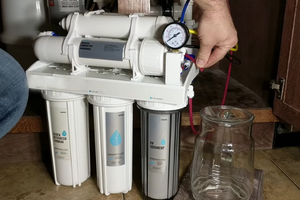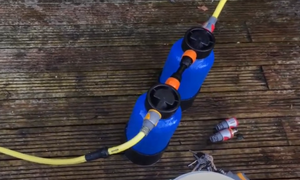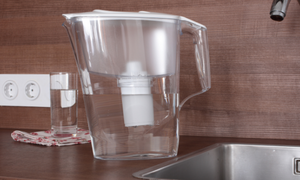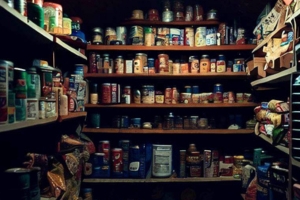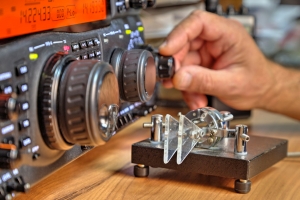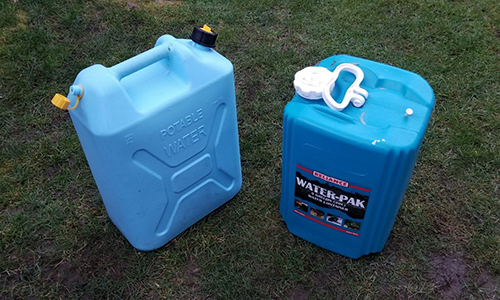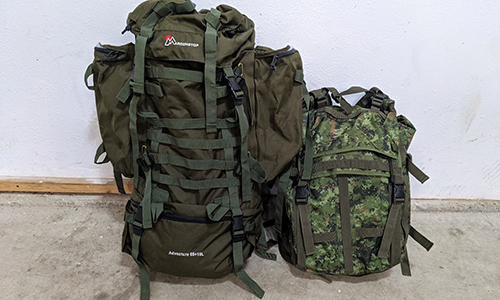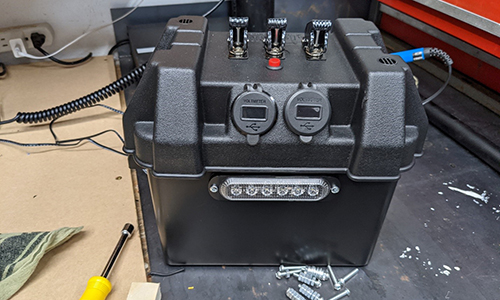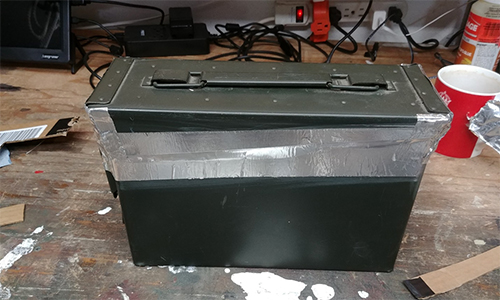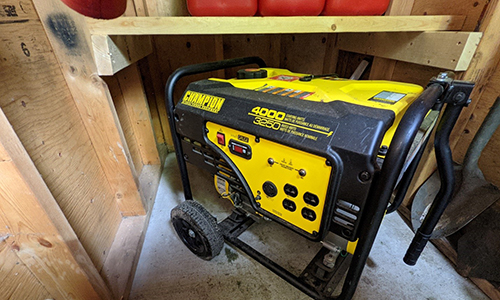Military surplus items are often found amongst the bits of gear that many preppers acquire over the years.
Military equipment is often durable and designed for rough and tumble use, which is ideal for the types of situations and scenarios that preppers and survivalists are preparing for.
Chances are that you have several military items in the various kits in your preps.
However, there may be some gear you are missing from your kit that you might want to consider adding.
Why Choose Military Gear?
Military gear is cheap and readily available online and through your local army surplus stores.
It is true that not all military gear is high quality (it was built by the lowest bidder), but you can find pieces of kit that are durable and will last for many years.
There are often civilian alternatives, but these are usually much more expensive and less durable.
Can Opener P-38 or P-51
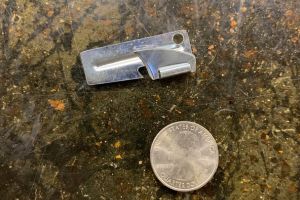
The US military used to issue small sheet metal can openers with their K rations.
Once they switched to issuing the troops’ MREs, the P-38 and P-51 can openers became obsolete. These simple devices are exceptionally effective and take up little to no space among your gear.
For many years I used a P-38 as my go-to method for opening cans, even at home in the kitchen. They are getting harder to find, but you can often find them at the local surplus store for less than a buck.
Backup Sight
If you have an AR platform firearm, chances are you are using the same rails the military does for attaching accessories. Most preppers will install optics on their rifles, but what happens if those optics fail or break?
You can often find small backup iron sights for your rifle at an army surplus store. These sights are typically low profile and lightweight making them a great addition to your prepping gear. Make sure that if you purchase a backup sight, take it to the range and dial it in before you need it during SHTF.
Poncho And Poncho Liners
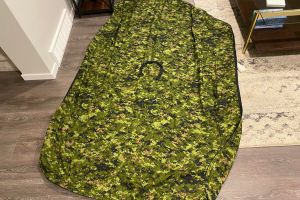
Ponchos are decent rain gear, but they also have more utility beyond that. A poncho can be set up as a shelter in many configurations, used as a ground sheet, or paired with a poncho liner to make a field expedient sleeping bag.
It is often easy to forget about pieces of kit like this when we have so many other options for rain gear and shelter, but a poncho can make a fantastic addition to a get-home bag, bug-out bag, or vehicle kit.
Tripwire
If setting up perimeter alarms is part of your preparedness plans, picking up several rolls of military trip wire is a good idea. Even if you don’t see the need to set up trip wires, a few rolls of this wire is good to have in your kit.
You can use military tripwire to make snares, repair gear, lash sticks together, or anything else you can imagine.
You can find tripwire rolls online or at your local surplus store; they are small, lightweight, and incredibly useful.
E-tools
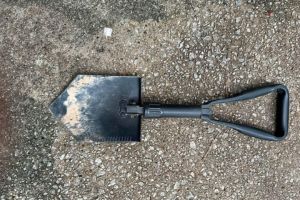
Anyone who has dug a trench using an entrenching tool, also known as an e-tool, knows they are not the best tools.
I have many bad memories of digging in hard dirt with one of these folding shovels. I would not suggest putting one of these tools in any kit that you must carry because of their weight.
That being said, they are worth having in a vehicle kit in case you must dig yourself out of being stuck.
Wool Blankets
Wool blankets are fantastic to have in your prepping kit. The military blankets are often only 70% wool, but they are cheaper than the 100% wool options bushcrafters like to use, such as the Hudson’s Bay blankets.
These blankets are also good for vehicle kits, to include in a cache, or for your bug-out location. You can even make clothing from these blankets if you are handy with a needle and thread.
Cheap military wool blankets are good to have on hand as a part of your first aid supplies for treating patients who are or may be in danger of going into shock.
Mess Kits

Every military has a version of the mess kit which they issue to the troops. These are meant to be highly portable and are often a collection of metal containers and utensils you can eat out of or cook in.
Since most militaries have switched to rations such as the MRE, these kits are not in wide use anymore, but you can find a lot of assorted styles at your local surplus store.
These are great for cooking food over a fire or camp stove and can definitely find a place in your bug-out bag. A few other places you could use mess kits are vehicle kits or get-home bags.
If you use military canteens, it is also worth looking for a metal canteen cup and stove. Like mess kits, you can use a canteen cup to eat out of or to cook in.
Trioxane Fuel Tablets
The smell of a burning fuel tablet brings back fond memories of rainy nights in the patrol hide trying to brew a cup of coffee to stay awake and warm.
Trioxane fuel tabs are not in much use anymore since most modern militaries issue flameless ration heaters. However, trioxane tabs are great when used with a canteen cup and stove to boil water.
The flame is relatively low profile, and they don’t make a lot of smoke, so if you dig a little Dakota fire hole to conceal them, these fuel tabs are good for any situations where you are trying to not be seen.
Military gear has always been a part of prepping gear for good reason. Even though some gear has much better civilian alternatives, including military surplus in your preps is often a good idea, especially if you are on a budget.
The examples I have listed above are all good options for gear that you may not have thought about but should take a look at.
